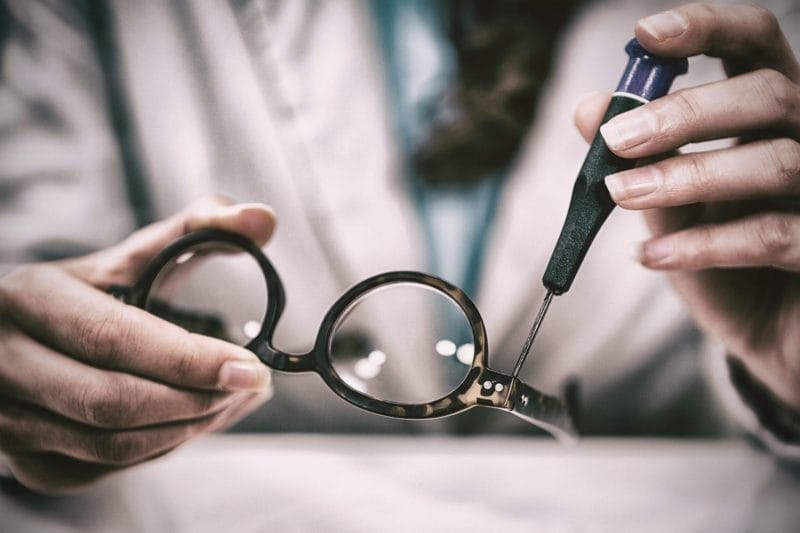
Optometry Open hours
Monday
8:30am – 5pm
Tuesday
8:30am – 5pm
Wednesday
8:30am – 5pm
Thursday
8am – 5pm
Friday
8:30am – 5pm
Saturday
Closed
SUnday
Closed
Serving Camrose
4849 49 St Camrose
780-672-3361
780-678-0426
Dry Eye Disease is a complex condition that results in the reduction of tear quality and/or quantity. This tear instability leads to inflammation and damage of the eye’s surface. Dry Eye Disease can lead to uncomfortable symptoms such as: burning, excessive tearing, foreign body sensation, redness, swelling, styes, vision fluctuations, stringy mucus in or around the eyes, and light sensitivity. There are two predominant forms of dry eye:
EVAPORATIVE DRY EYE: accounting for 86% of all dry eye. Blocked meibomian glands lead to a shortage of oil on the surface of the tears and a quicker than normal tear evaporation. Meibomian gland dysfunction (MGD) is the leading cause of Evaporative Dry Eye.
AQUEOUS DRY EYE: Occurs when the lacrimal glands do not produce enough tears.
Dry eyes are caused by a disruption to the tear film. Consisting of three layers (fatty oils, aqueous fluid, and mucus), healthy tear film keeps the surface of your eyes lubricated, smooth and clear. Problems with any of these layers can cause Dry Eye Disease. Factors which contribute to tear film dysfunction include: age, gender, environmental factors, hormonal changes, pharmaceutical agents, inflammatory conditions, certain medical procedures, and certain medical conditions.
There is increasing evidence that Dry Eye Disease is the result of inflammatory processes.
Treatment options:

